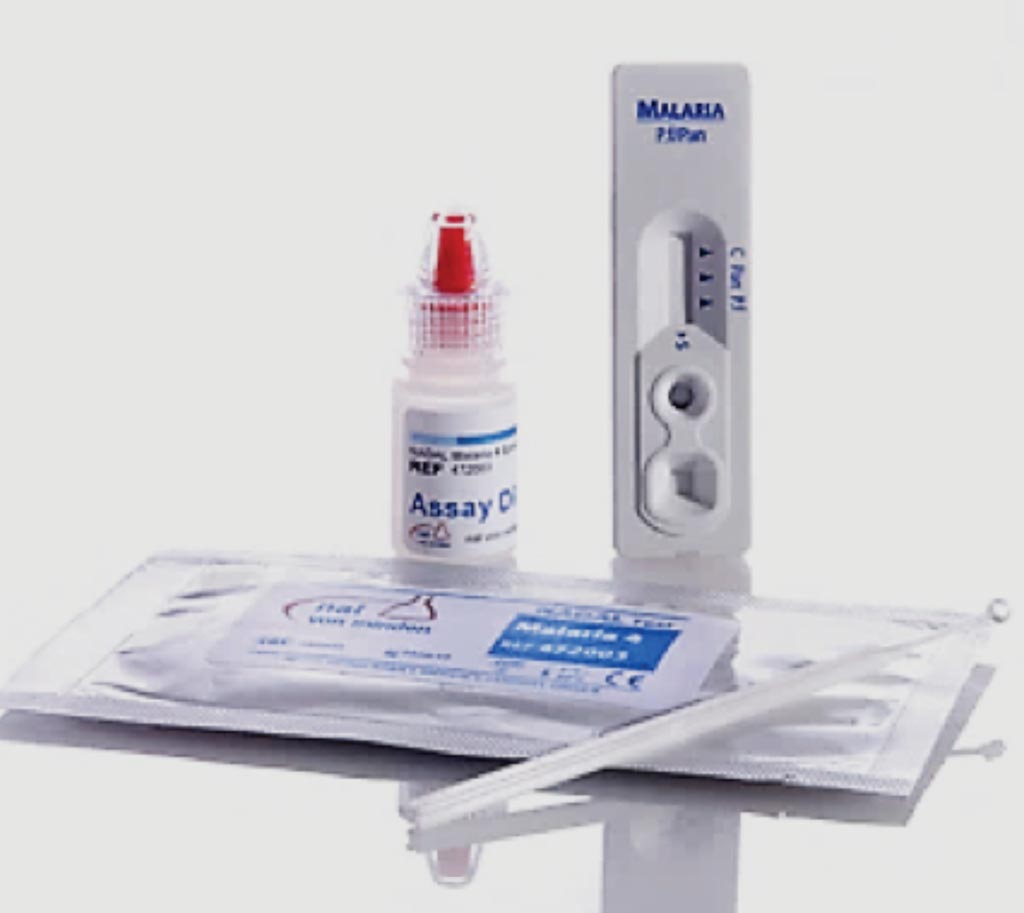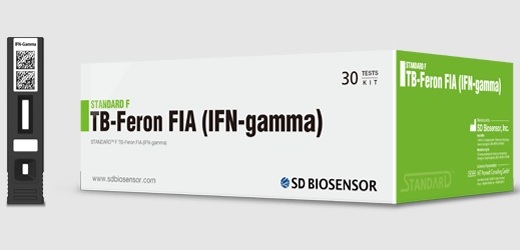Diagnostic Methods Compared for Detection of Malaria
By LabMedica International staff writers
Posted on 04 Oct 2018
The main strategy for malaria control is quick and accurate diagnosis followed by effective treatment. The early and accurate diagnosis of malaria is essential for both effective disease management and malaria surveillance.Posted on 04 Oct 2018
Microscopy is still considered the “gold standard” for malaria diagnosis in endemic countries, but microscopy has low sensitivity when performed by poorly trained personnel in endemic areas, especially in primary and secondary healthcare facilities. Rapid detection tests (RDTs) for malaria are widespread but constrained by false results, while polymerase chain reaction (PCR) is the most sensitive method available is it not appropriate for field use.

Image: The NADAL Malaria 4 species test (RDT) (Photo courtesy of Nal von Minden).
Tropical medicine specialists at the Institute of Health Carlos III (Madrid, Spain) and their colleagues recruited a total of 1,741 individuals; 1,043 and 698 people living in urban and rural settings, respectively, living in Equatorial Guinea. Blood samples were taken from the finger for the diagnosis of malaria using malaria RDTs and microscopy. The blood was spotted on Whatman 903 paper for further molecular studies.
The NADAL Malaria 4 species test (Test cassette) was used as the RDT in situ. The test enables differential diagnosis between Plasmodium malariae, P. falciparum, P. vivax, and P. ovale in human whole blood samples. Semi-nested multiplex PCR (SnM-PCR) was performed after the DNA was extracted from the filter papers. The SnM-PCR used in this study for the diagnosis of malaria has a sensitivity of 0.0001 parasites/μL.
The team reported that among the negative samples detected by microscopy, 335 (19.4%) were false negatives. On the other hand, the negative samples detected by RDT, 128 (13.3%) were false negatives based on PCR. This finding is important, especially since it is a group of patients who did not receive antimalarial treatment. RDT showed higher sensitivity than microscopy in all age groups. Both diagnostic tools showed higher sensitivity in children aged 13 months to 5 years, decreasing as age increase. RDTs also showed higher specificity than microscopy in all age groups, being both techniques more specific in children under 12 months of age and above 15 years old.
The authors concluded although RDTs are used as diagnostic methods, diagnosis by microscopy should never be abandoned because it is the gold standard in endemic areas. In addition, microscopy allows the calculation of parasitic densities and identification of all species and is cheaper than the other methods. Although it is the best diagnostic method with high sensitivity and specificity, PCR is still costly and not very useful for routine diagnosis. The study was published on September 17, 2018, in the Malaria Journal.
Related Links:
Institute of Health Carlos III














